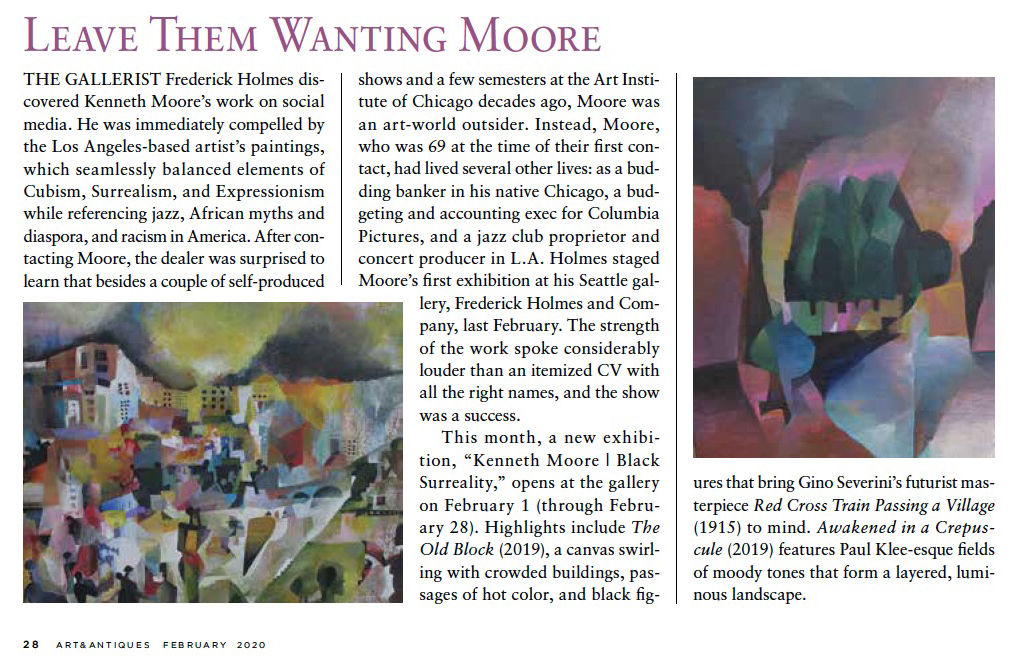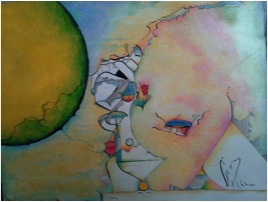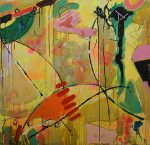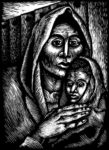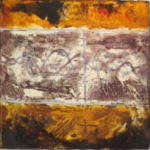
Born and raised in Southside Chicago, Ken Moore developed a love of drawing early on as a child. “I looked forward to Sunday because that was the day my father wore a suit and tie and a white shirt from the Chinese laundry on 43rd St. Each shirt was packaged with a thin piece of cardboard. One side was very glossy white, the other side was very dull grey…the cardboard was mine to use as I pleased. The cheap cardboard may as well have been a sheet of expensive Strathmore drawing paper…”
While attending community college in Chicago, he met Doreen, who “has been my friend and wife for almost fifty years.” Submitting work to The School of the Art Institute of Chicago, Mr. Moore was accepted and spent several semesters under the instruction of Ray Yoshida. Meanwhile with a family on the way, Moore began “working hard to be a promising young banker. It was suits and ties by day. By night it was all about painting and learning. It was both exhausting and invigorating.”
Moore and his family relocated to Los Angeles in 1973, where he secured a position as assistant to the head of movie production budgeting at Columbia Pictures. By 1984 he’d produced several art exhibits and sold some of his work, but it wasn’t ever enough to maintain the family’s livelihood. By 1998, he’d been promoted to and held a position as Manager of Television and Studio Accounting with Columbia.
Being a passionate and knowledgable enthusiast of Jazz, Moore left Columbia Pictures in the late 1990’s to open a Jazz & gourmet coffee bistro, the Howling Monk, where he produced hundreds of Jazz concerts. Although he chose not to exhibit his own work at Howling Monk, the venue was host to several other artist exhibitions.
Moore closed that business several years ago to dedicate himself exclusively to his painting and has found a wide and enthusiastic audience for his work through social media. His paintings are often like rich semi-Cubist mosaics landscapes – poignantly woven expressions of his personal experiences of being a black man in America; the culture, history, and myths of the African and African-American people; the African Diaspora; Jazz music and its creators; romantic love and his love of family. His palette is rich and colorfully multi-layered, or when the mood of the painting calls for it, consisting of more somber, subdued tones.
An idea comes to mind, and when the mind is that of an artist and, when the idea has sufficient inspirational quality, it may cause the artist to think about it and act. Action transforms ideas into more substantial things. And, sometimes, when the act is that of an artist, the idea is transformed into something significant.
The coming to mind of an inspiring idea is the somewhat mysterious instance that Pablo Picasso called the “point of departure.” It is what artists need. So they hope for it and wait for it because the mysterious instance stirs the imagination and motivates the creative process.
The mysterious instance occurs and the artist follows the circular stairwell of the creative process higher and higher and deeper and deeper into the realm of creation where the artist works in patient urgency. The work engenders more and more ideas and the mind opens wider and wider until there is a definite sense of understanding and resolution concerning the resulting creative matter.
And when that sense of understanding and resolution is present, there is also a sense of satisfaction accomplishment because the artist sees spiritual opportunities and feels powerful its midst. Romare Bearden may have described it best when he said the visual artist is “a kind of enchanter in time” who puts down one color and it calls for an answer.” It is a spiritual communication between the artist and the work that helps the ideas fulfill their potential and eventually their flow. The spiritual communication peaks and the stairwell to steepens and vanishes bringing the creative process to its end. Then, the artist’s mind seems empty and, for the moment, the artist rests.
Wassily Kandinsky said a true work of art is “a mysterious, enigmatic, and mystical creation that detaches itself from the artist” and it does. Kandinsky explained that the work of art “acquires an autonomous life, becomes a personality, an independent subject, animated with a spiritual breath, the living subject of a real existence of being.”
Having fulfilled itself, the inspiration idea doen’t die. It returns to its mystical source unchanged. The work of art remains standing as a testament to the power of mysterious instances.
-
Wandering So Far, So Near
$4,900.00 Add to cart -
The Artist’s Living Room
$4,300.00 Add to cart -
Profiling
$650.00 Add to cart -
Plan C – Wander Around and See
$4,500.00 Add to cart -
Deep-Seated Angst
$3,000.00 Add to cart -

Bon Jour
$950.00 Add to cart -
Whispering
$4,500.00 Add to cart -
Watch Night
$4,900.00 Add to cart -
The Visit
$4,900.00 Add to cart -

The Subject
$650.00 Add to cart -
The Loquacious Clown
$950.00 Add to cart -

The Last Colored Carnival
$5,200.00 Add to cart -
The Blue Queen
$5,000.00 Add to cart -
State of Mind
$5,400.00 Add to cart -
Speechless
$4,500.00 Add to cart -
Self Inflicted Turmoil
$5,500.00 Add to cart -
Quiet
$3,500.00 Add to cart -
Oh Say Can You See
$4,000.00 Add to cart -
Lingering Scent
$4,700.00 Add to cart -

Inside Deep Within
$4,300.00 Add to cart -
Impression
$5,400.00 Add to cart -

Found
$4,500.00 Add to cart -
Sold
Fallen Note
$1,200.00 Read more -

Expectations
$5,600.00 Add to cart -
Exists and Entrances
$5,200.00 Add to cart -

Delusion
$4,000.00 Add to cart -

Close Strangers
$850.00 Add to cart -
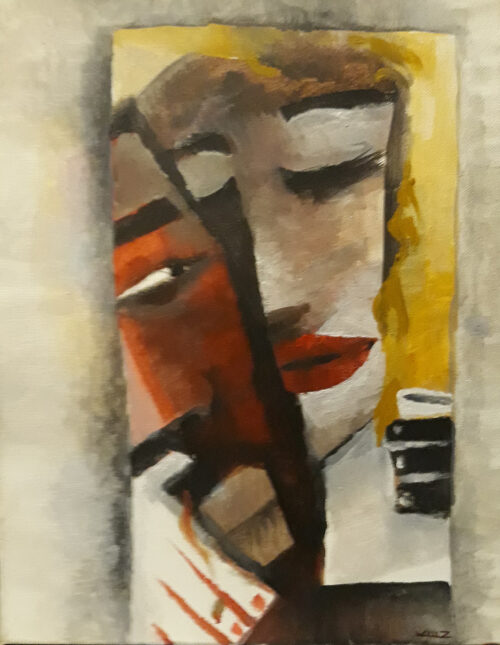
Boudoir Mirror
$3,200.00 Add to cart -
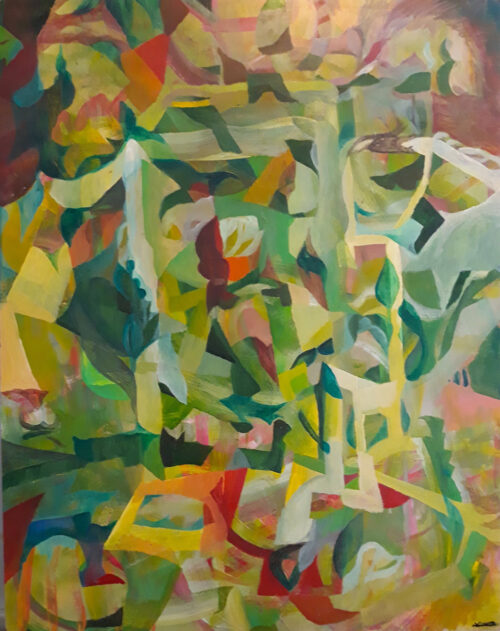
Botanica
$4,900.00 Add to cart -
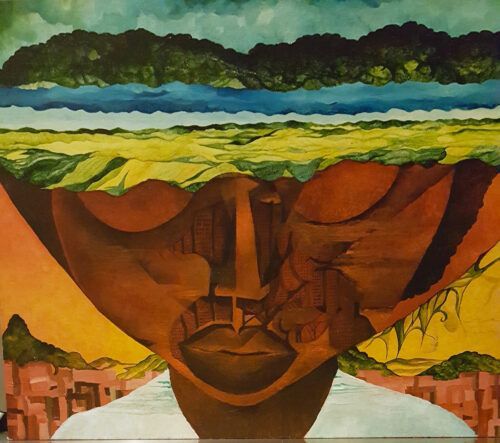
Big Sister – The Nurturer
$4,500.00 Add to cart -
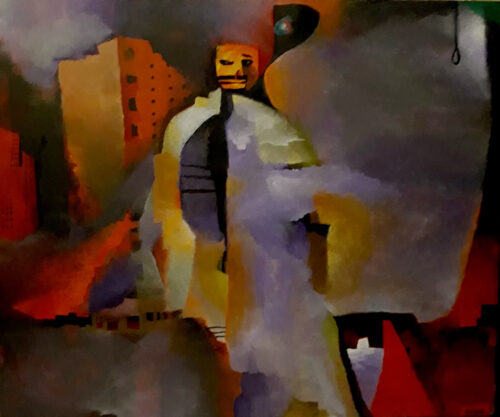
Being Guilty
$5,200.00 Add to cart -
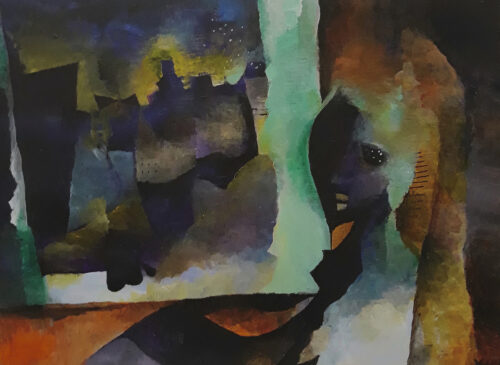
Asleep at the Window
$3,900.00 Add to cart -

A Crossroad and Furthermore
$4,200.00 Add to cart -
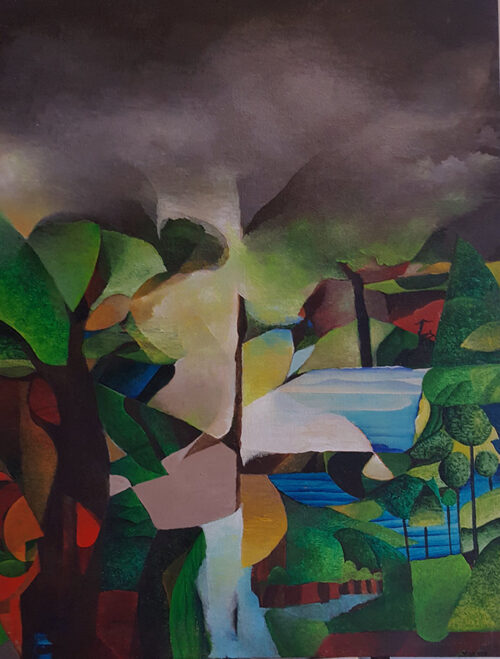
A Day Before
$4,500.00 Add to cart -
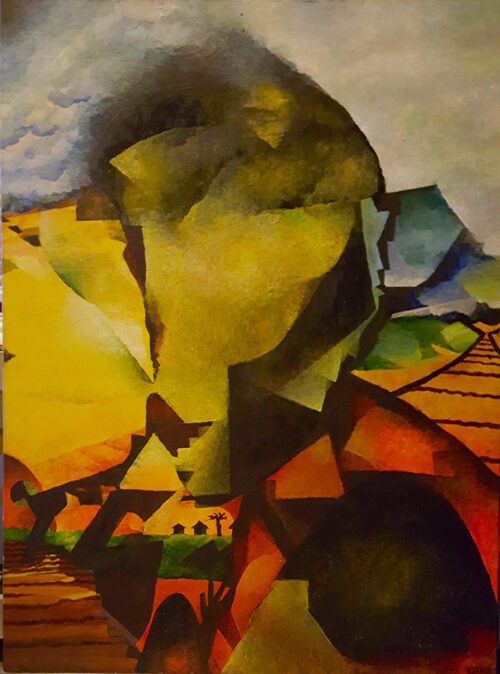
Design of Awakened Ancestors
$3,500.00 Add to cart -
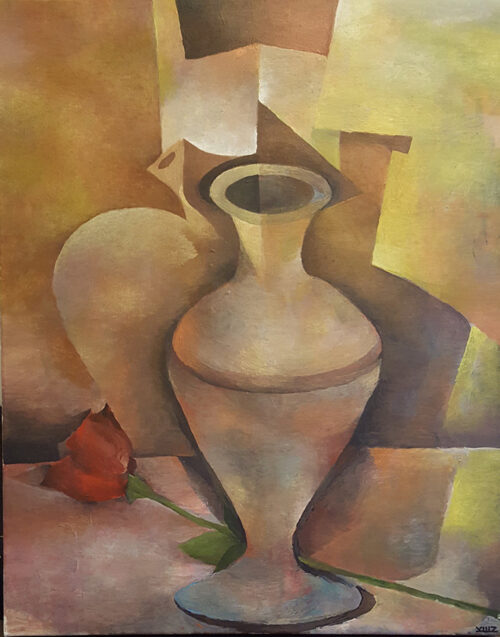
Empty Vase and Dying Rose
$3,200.00 Add to cart -
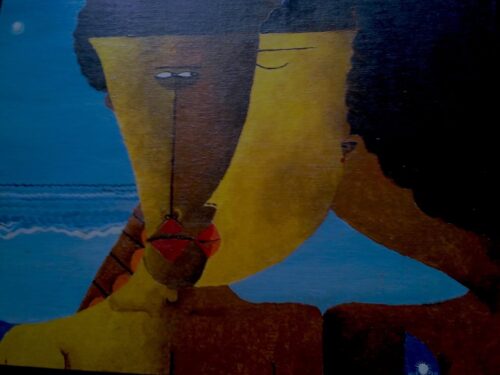
First Kiss
$2,900.00 Add to cart -
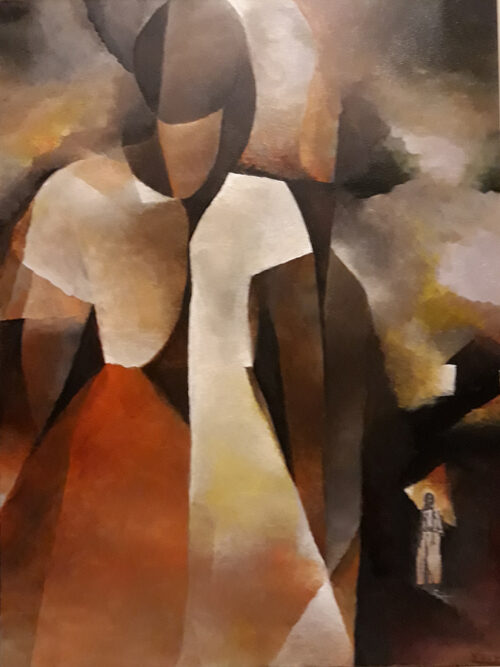
Generations of an Afro-Choctaw Princess
$4,800.00 Add to cart -

Illusions at the Door
$3,500.00 Add to cart -
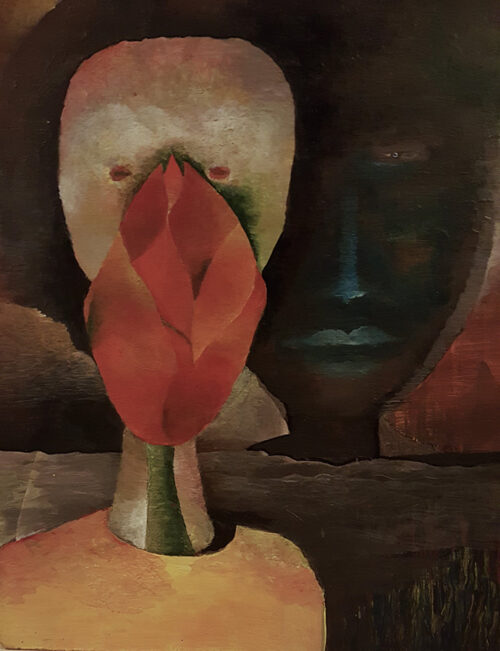
Lotus
$2,900.00 Add to cart -
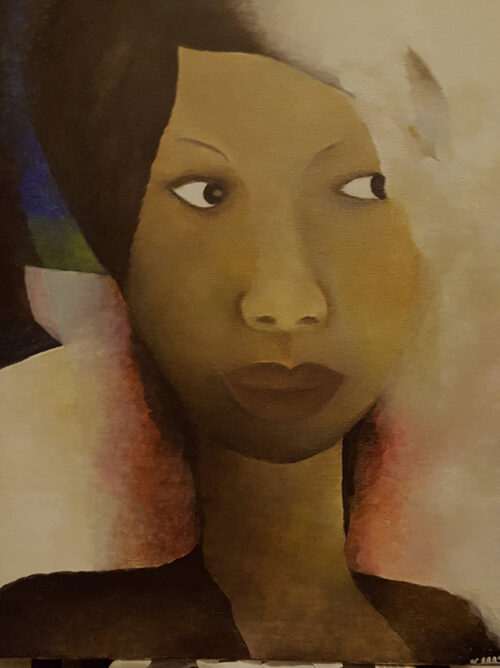
Love Walks Away
$3,200.00 Add to cart -
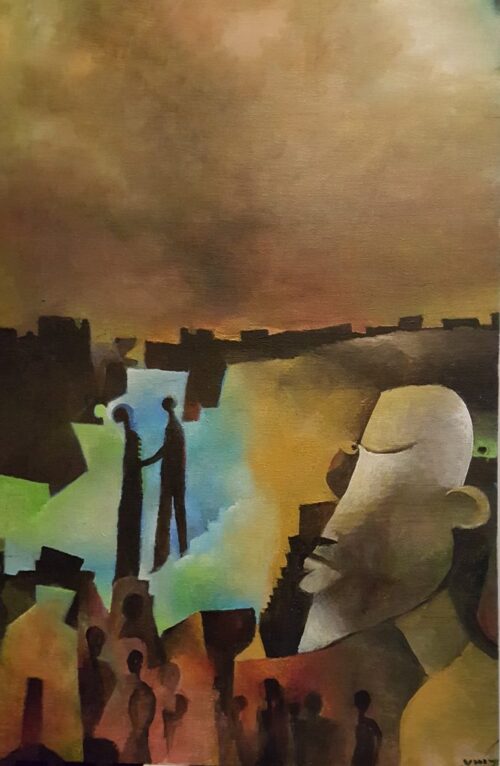
Moment of Consequence
$3,600.00 Add to cart -
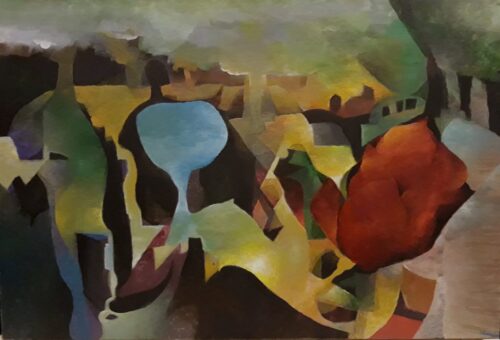
Oasis in Black Surreality
$4,900.00 Add to cart -
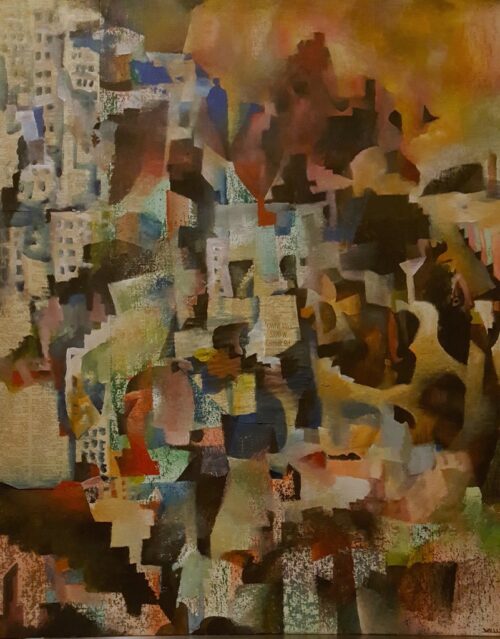
Staircases Into Black Surreality
$5,000.00 Add to cart -
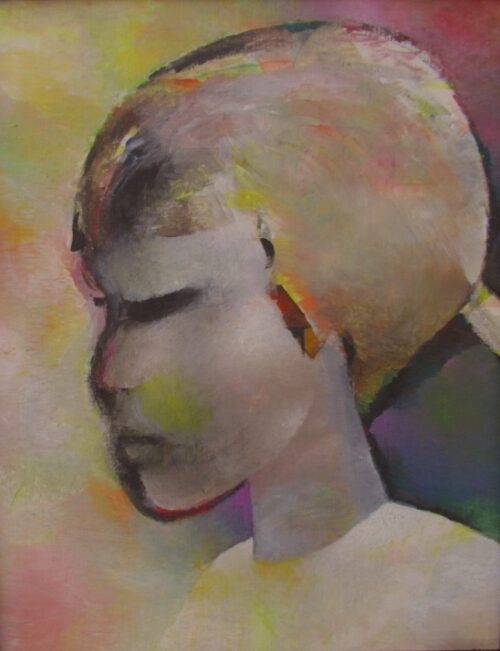
A Little Girl Imagining
$3,500.00 Add to cart -
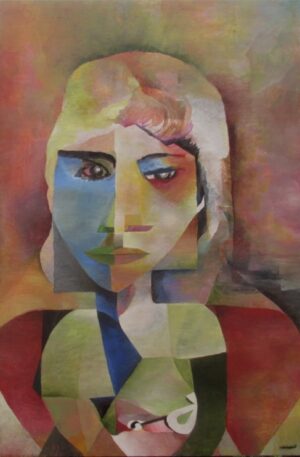
About To Cry
$6,000.00 Add to cart -

Artist and Recalcitrant Model
$2,600.00 Add to cart -
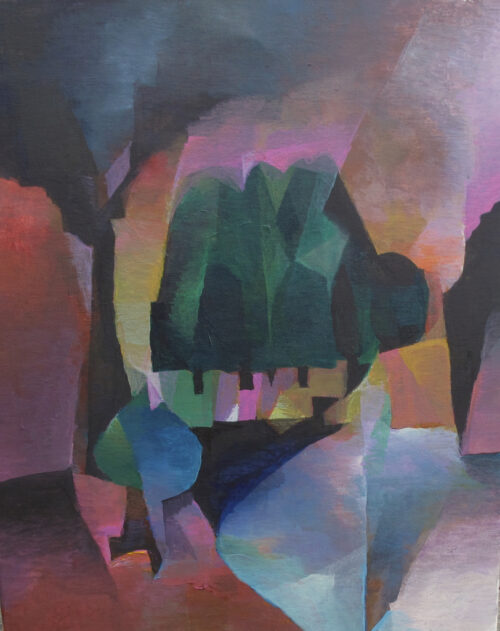
Awakened In A Crepuscule
$3,900.00 Add to cart -
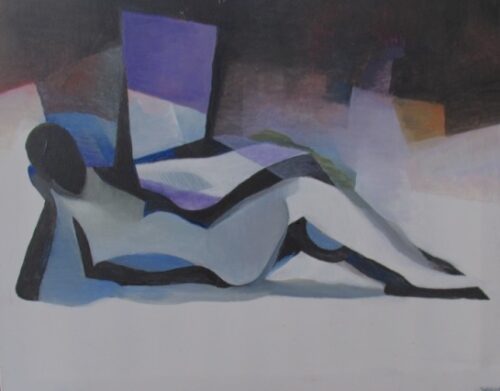
En Equipoise
$3,200.00 Add to cart -
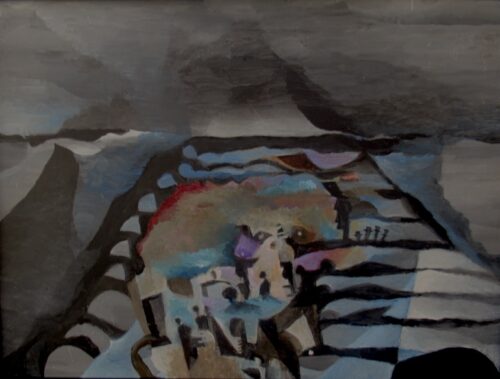
Maafa Nightmare
$4,800.00 Add to cart


